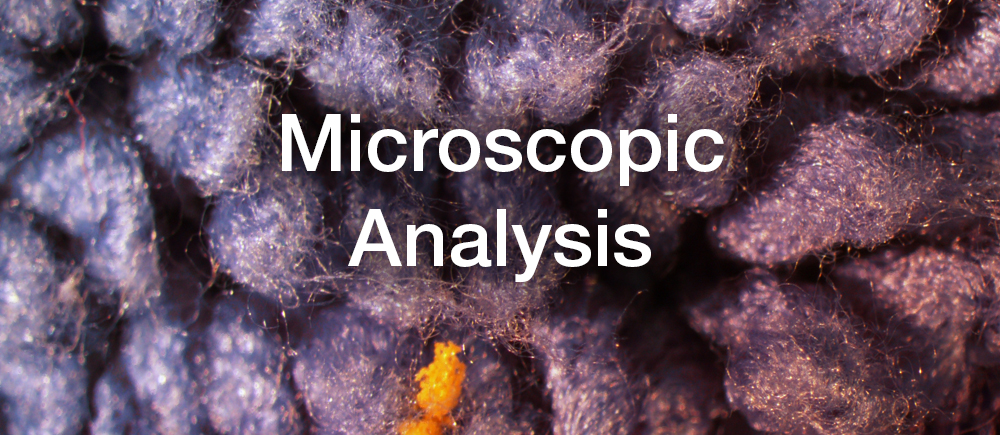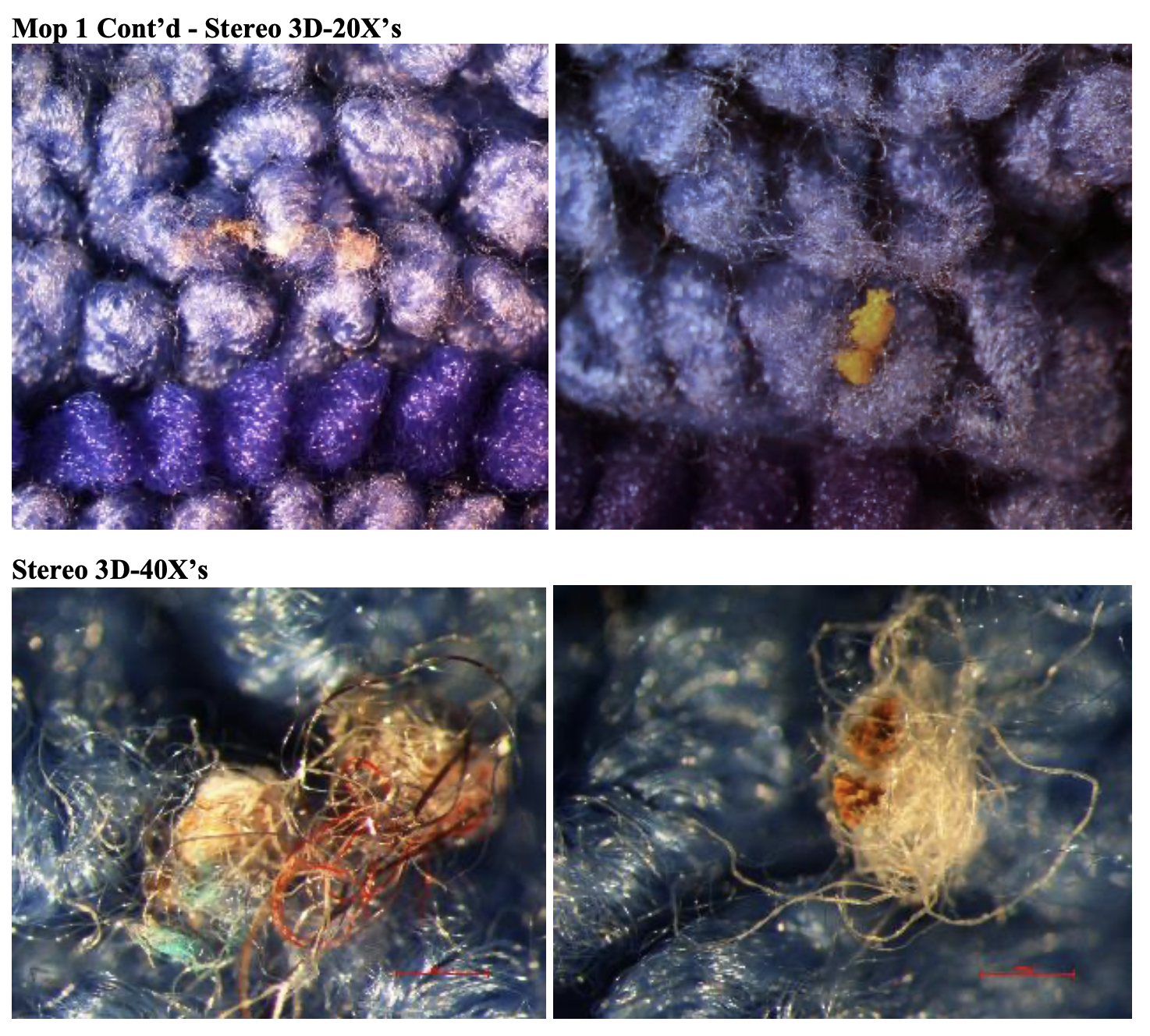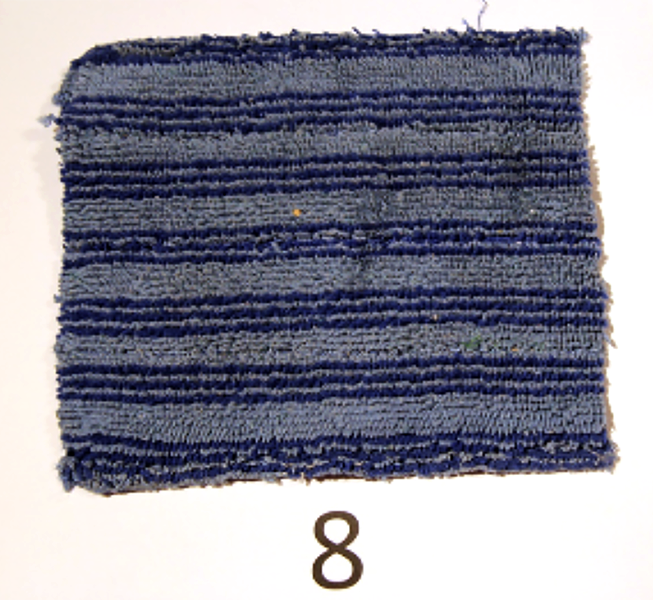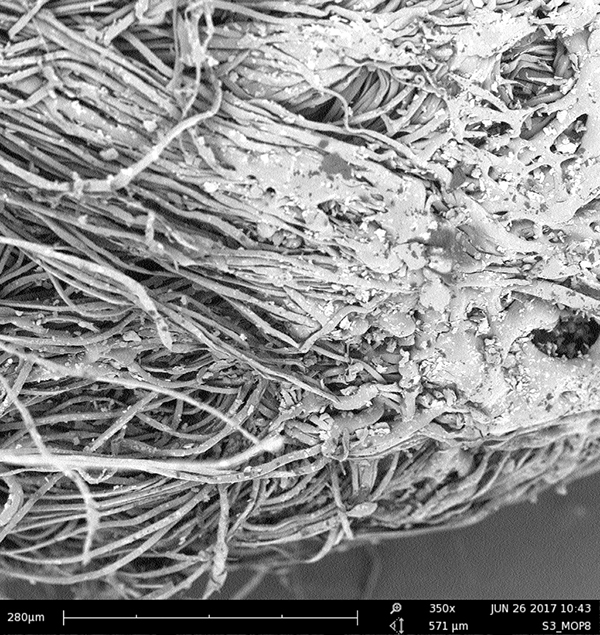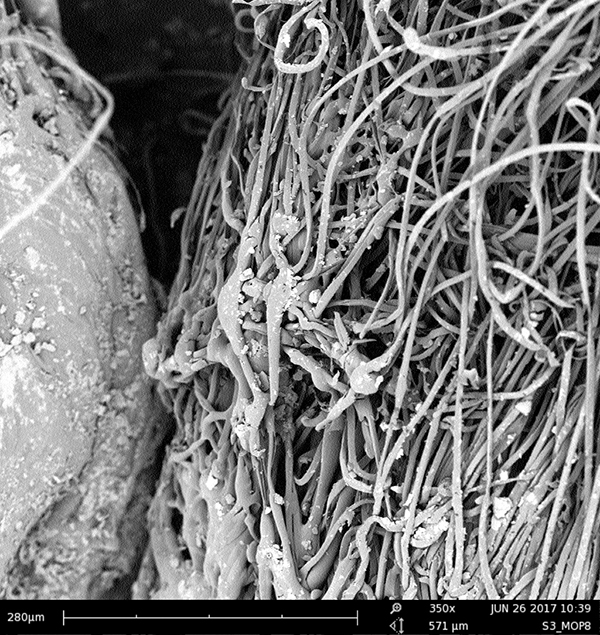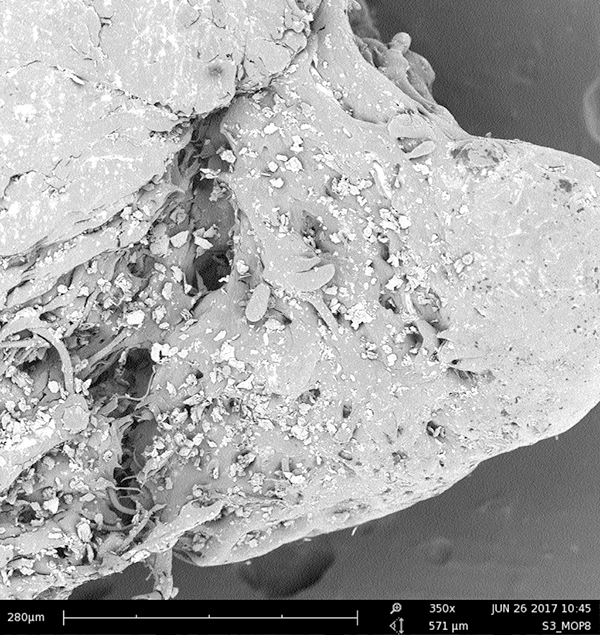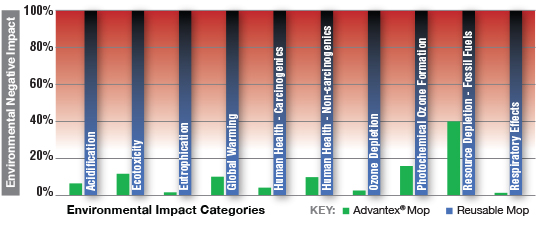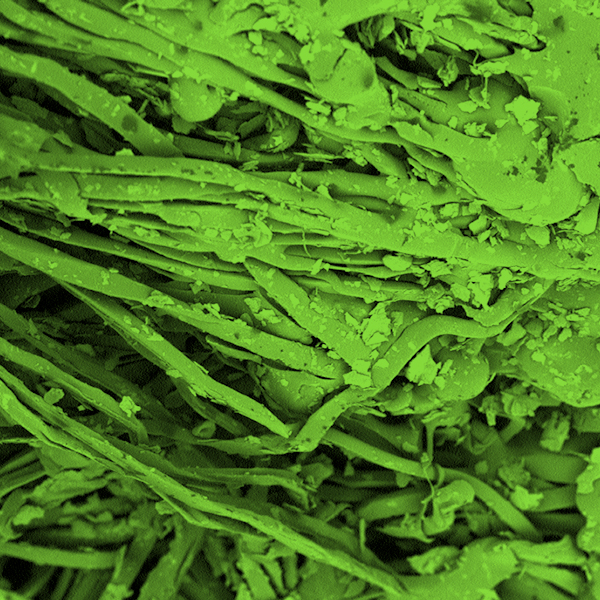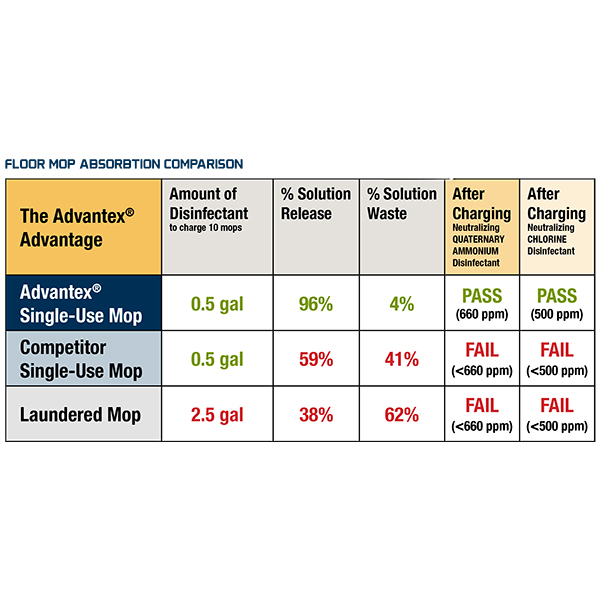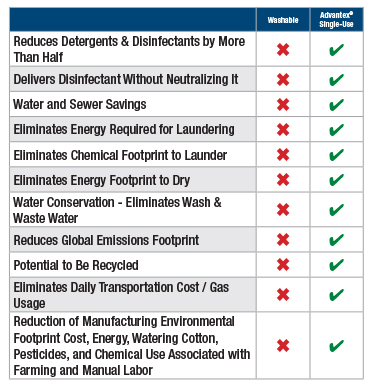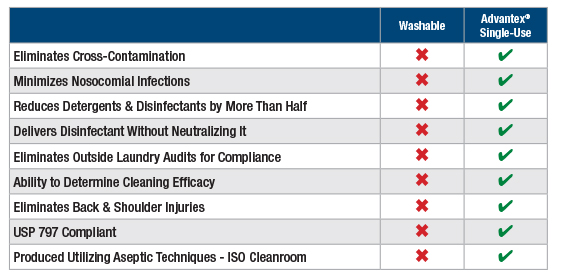Clean smarter. Clean safer. Clean with Advantex®.Geerpres® has a long-standing reputation for delivering innovative cleaning products and solutions. Our mission is centered on creating value and driving efficiency across the cleaning industry. In 2015, we introduced...
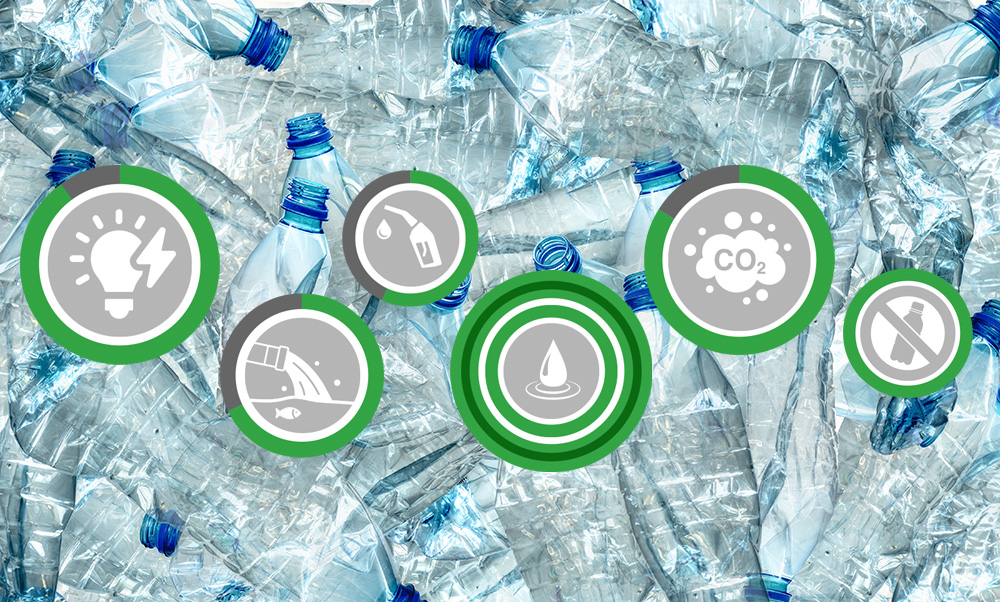
Sustainability MATTERS
Only Advantex® Single-Use Microfiber Mops help support your sustainability initiatives.
The Advantex® Single-use Mop has a significantly lower environmental impact than a reusable laundered mop in every category assessed in the EPA TRACI model. A contribution analysis on the global warming potential of the two indicates that the electrical power and chemistry needed to wash and dry the reusable mop dominates environmental adverse implications.
![]()
Reduce your Environmental footprint with Advantex® Mops
Advantex® Mops help support your sustainability initiatives.
ADDITIONAL RESEARCH:
Knowledge is Power
Advantex® Driving Innovation
Patient Room Floor Challenge
The Challenge ACCEPTED First, the EVS team cleaned a patient's room with a laundered or competitor microfiber mop system and let the floor air dry. Then, again, the same patient room floor was cleaned with an Advantex® single-use microfiber mop system. See for...
What should you know about Denier & Superior Efficacy?
The skinny on DenierDenier Denier is a unit of measurement used to determine the fiber thickness of individual threads used to create fabrics. Microfiber is a broad term for synthetic fiber finer than one or 1.3 denier thickness, which is 1/100th the diameter of a...
%
The only single-use mop Constructed of 71% post-consumer recycled materials!
repurposed plastic bottles are used to manufacture a case of Advantex flat mops
90% Less Electricity
Repeat washing and drying process

68% Less Chemical Use
Eliminates laundry chemicals and reduces chemicals used for daily cleaning
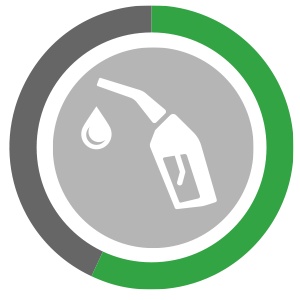
57% Less Resources (Fuel)
Resources used and fuel
consumption when transporting

253 Less Gallons of Water
Natural resource consumption
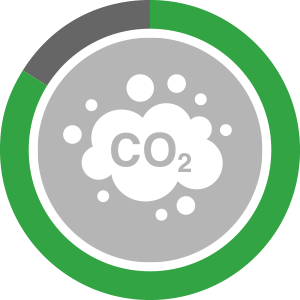
84% Less Ozone Depletion
Air pollution produced when transporting during laundering process (20x)
100% Less Microplastics
Plastic particles in the environment and water
Environmental Life-Cycle Analysis of Single-Use and Reusable Mops
ADDITIONAL RESEARCH:
Knowledge is Power
Sustainability MATTERS
Only Advantex® Single-Use Microfiber Mops help support your sustainability initiatives. The Advantex® Single-use Mop has a significantly lower environmental impact than a reusable laundered mop in every category assessed in the EPA TRACI model. A contribution analysis...
Analysis: Microfiber Laundered and a Single-Use Mops
Eight laundered microfiber flat mops and one single-use microfiber flat mop were photographed at 20X’s, 40X’s using a 3D stereo microscope and 1,000X’s using a Scanning Electronic Microscope, SEM.EXECUTIVE OVERVIEW: The laundered mops demonstrated significant...
Environmental Life-Cycle Analysis of Single-Use and Reusable Mops
Richard Venditti, Elis and Signe Olsson Professor, Department of Forest Biomaterials, North Carolina State University, Room 1204 Pulp and Paper Labs, Raleigh, NC 27695-8005 Download PDF Summary & Results The Advantex® Single-use Mop has a significantly lower...
The Floor Could be the Weakest Link in Fighting HAIs
Pathogens are consistently introduced to the floor throughout the day by shoes, transport equipment such as wheelchairs and beds, treatment devices or computer carts, and non-slip patient socks that traverse the floors and frequently, directly into a bed. More...
Moving to Single-use Mops
Converting to disposable microfiber mops can significantly reduce the HAI risk for hospitals, eliminating the potential for inadequately launder mops to be reintroduced with remnant HAI pathogens. The case study evaluated our Advantex® (Brand A) along with several...
Laundered Mops vs. Single-Use Mops
Environmental Comparisons A recent study evaluated laundered microfiber mops from eleven hospitals and found that 27.3% of the newly laundered mops contained microbial contamination, including HAI pathogens. Download PDF Key Findings Laundry considerations: The...

